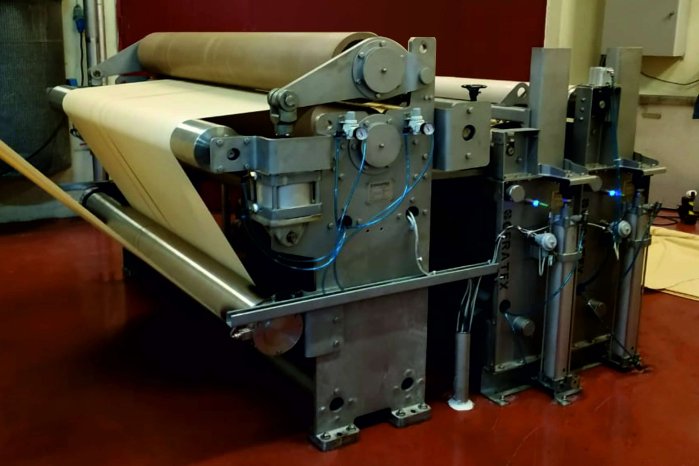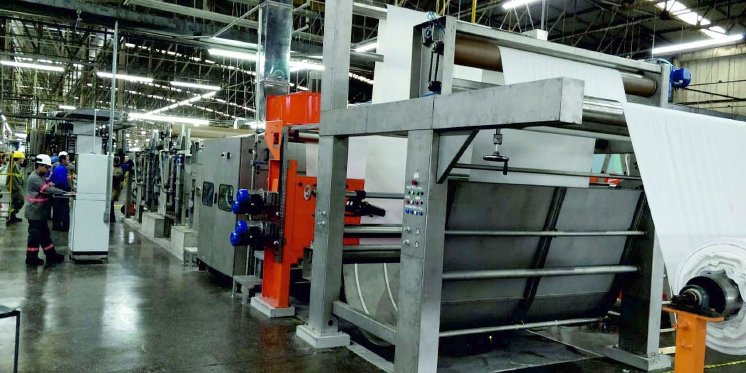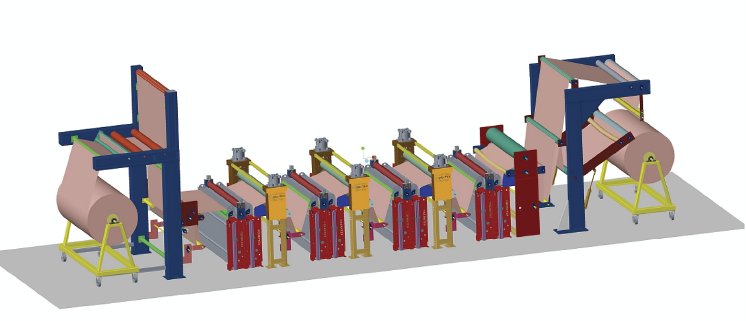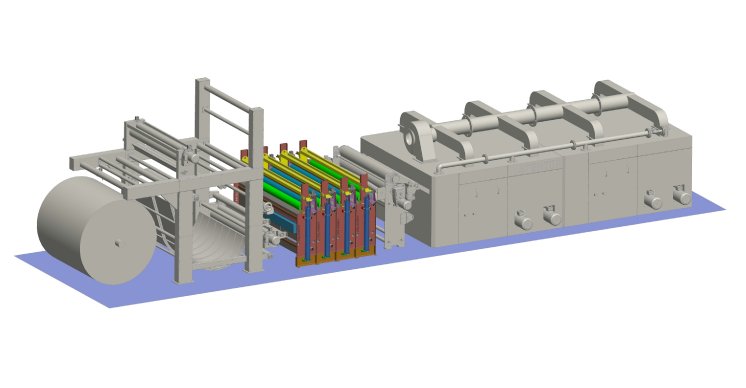The solution, developed jointly by Weber Ultrasonics AG and Geratex Machinery Pvt. Ltd., an Indian manufacturer of machinery for finishing all kinds of textiles, leverages the specific characteristics that ultrasound displays in a liquid bath. The physical phenomenon of cavitation plays an important role here, with the energy it produces increasing the absorption capacity of the various materials. Compared with conventional washing and finishing methods, the auxiliary chemicals used for desizing, bleaching, dyeing, mercerization and soaking are therefore more intensely and evenly applied to fabrics and, most importantly, penetrate more deeply. And in contrast with traditional textile treatment that does not use ultrasound, this method reduces the volume of chemicals needed by an average of 30 per cent.
Ultrasound also boosts the cleaning power of the water used during washes in between the various treatments. As well as using around a third less textile auxiliaries and water, this results in a shorter wash time. Thanks to the adjusted cavitation energy, textiles can also be treated at significantly lower temperatures – at just 60°C instead of the normal 90 to 95°C. The resulting energy savings – up to 50 per cent – play a key role in reducing operating costs and conserving resources, as well as lowering CO2 emissions. Furthermore, ultrasound technology enables the implementation of much more compact machinery. For example, ultrasound machines that allow for consecutive bleaching and mercerization can be implemented on a line of just 30 metres, instead of the usual 60 to 80 metres with traditional technology. Another aspect is that sustainable textile treatment is becoming an increasingly crucial requirement in the purchasing decisions of fabric buyers.
Tailor-made for textile treatment
The specific needs of the textile industry were taken into consideration in the development of the ultrasound solution, which can also be integrated into existing machinery and processes. These include the specific properties of the fabric that's being treated, such as sensitivity, porosity and elasticity. The latter, in particular, is becoming more and more important due to the increasing use of elastic fabrics in textiles. In "stretchy" textiles, treatment with conventional machinery often leads to the formation of creases, which then leave a mark on the fabric. This means the fabric must then be refinished or can only be offered as seconds. This is not a problem with ultrasonic treatment.
Highly reliable, intuitive solution
The future-proof ultrasonic solution comprises a transducer to ensure the gentle, consistent treatment of fabric. The fully digital SONOPOWER 3S ultrasound generator has been perfectly adapted for this. Equipped with a number of innovative technologies and a cutting-edge 32-bit processor, it's able to carry out configurations automatically, monitor them continuously and keep them constant throughout. For example, the generator immediately detects the voltage and adapts to it. Any voltage fluctuations are automatically compensated within a range of +/- 10 per cent. With a power output that can be modified in increments of 1%, the process can be easily adapted to the various requirements of textile treatment. These features ensure extremely easy handling and a high degree of process reliability.
A total of over 20 Geratex textile treatment machines equipped with ultrasound technology are already in use in Europe, Asia, the USA and South America.
www.weber-ultrasonics.com, www.geratex-india.com




